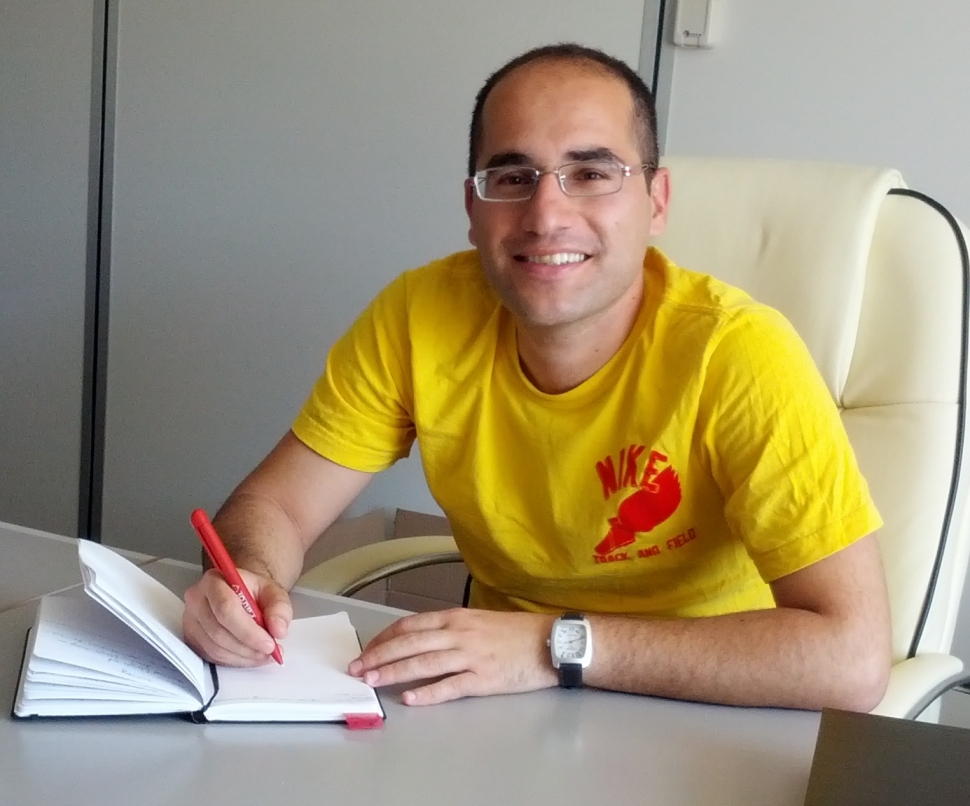
Prof. Giovanni Vallini
Looking for Partnership
Our interest is currently focused on microbial biotrasformation of metals/metalloids aimed at both detoxifying contaminated environmental matrices and producing nanoparticles of possible use in technological applications. As far as this latter perspective is concerned, it can be said that metal nanoparticles (MNPs) have attracted great attention in the last two decades due to their unusual and fascinating properties and advantageous applications over their bulk counterparts. A wide number of physical, chemical, biological, and hybrid methods exists to synthesize different types of MNPs. Although physico-chemical methods currently account for the most popular ways to synthesize MNPs, they unfortunately utilise toxic chemicals, require quite complicated procedures and result costly, energivorous and source of hazardous waste harmful to both human health and environment. Relying on microorganisms to obtain MNPs allows to avoid all these drawbacks. This “green” option is not as energy intensive as the physico-chemical methods, istead it sounds environment-friendly. The “biogenic” approach is further appealing since microorganisms can be used as cell factories functioning in mild environmental conditions in terms of temperature, pH, and pressure. MNPs of microbial origin exert greater biological reactivity, have higher specific surface area, and are often associated with polymeric matrices that can enhance their required characteristics. Biosynthesized MNPs can be exploited in a variety of applications, including the use as antimicrobial agents. On the other hand, metal nanoparticles generated through microbial processes are in many cases the final product of detoxifying reactions occurring at contaminated sites high in content of metals/metalloids, where harmful chemical species are possibly transformed into unsoluble and thus non bio-available nanostructured forms.
Keywords and matching areas:
Get Access to the 1st Network for European Cooperation
Log In
or
Create an account
to see this content
Environmental protection
Biotechnology
Innovation & Research
Nanotechnology and Nanosciences
9 years ago























































Please Log In to See This Section